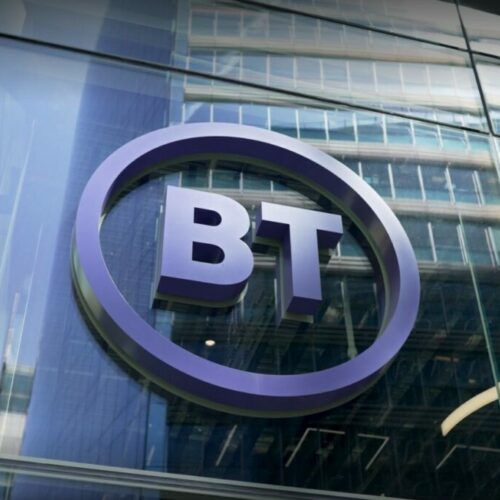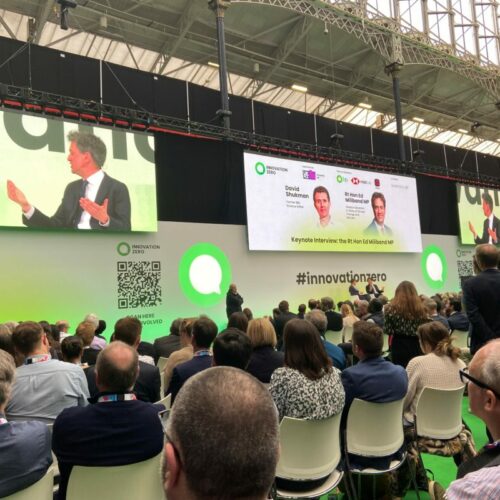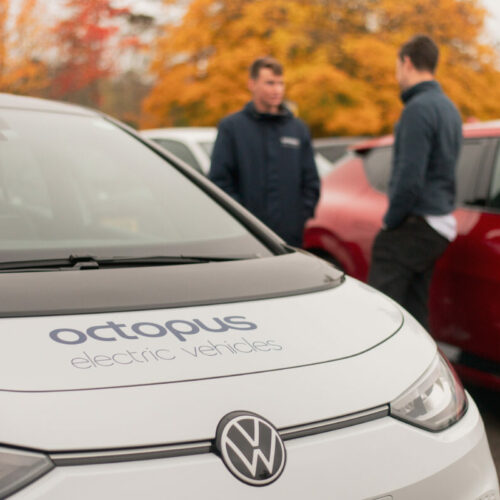“It is a rapidly changing industry,” Arenko’s founder and CEO Rupert Newland said to Current± as he sat down to talk all things battery storage optimisation.
While Dynamic Containment was the talk of the town when it launched in October 2020 due to consistent high prices, Newland said the value is now once again in combining services.
Indeed, when asked as if one market is more beneficial currently for battery storage revenues in comparison to others, Newland said that it depends entirely on the day, and beyond that, it can even be down to a second-by-second basis.
“On a typical day, we will be providing everything. We might be doing Dynamic Containment for certain periods of the day, we’ll be trading intraday and trading day ahead, providing Balancing Mechanism, and actually, the value is in combining all of these services rather than focusing on a single one.
“That’s the real benefit of batteries; they can move very fast if you’ve got the right software operations to be able to provide the best service when it’s most required.”
Arenko offers two separate services, one being a straight software package which allows anyone building a battery energy storage system (BESS) to buy the software, plug it in and operate their assets using said software. The second is a route to market service, where Arenko’s in house trading team runs the software as opposed to the customer.
Newland said the company invests heavily in R&D and innovation to keep pace with the industry, giving the example of a trial with National Grid ESO in 2020, when lockdown resulted in lowered demand, meaning renewables proportionately doubled and a range of solutions were brought in by the ESO to manage the system.
This included paying renewables providers to switch off through the Optional Downward Flexibility Management service, a deal with EDF to reduce the output of Sizewell B nuclear power station and a deal with gas providers to switch on to half-mast so they could be modulated up and down.
“We spoke to National Grid, and essentially they agreed to let us try out a solution where we could provide a service from our batteries using our software which mimics the way in which they’re operating gas turbines.”
Arenko ran a series of trials with the ESO over the course of the year, with National Grid ESO then releasing a report in 2021 off the back of that.
“They established that batteries can do this much cheaper than gas, they’re more effective than gas and finally they offer a pathway to a zero carbon grid. That’s a huge win-win situation,” Newland said, adding the trials show Arenko is “right on the cutting edge of innovation in the sector”.
Arenko’s software is based off a microservices architecture, meaning the company can add and remove modules quickly. It can also do it live, allowing the company to be “very quick and very flexible,” said Newland.
The company sold its asset portfolio in July 2020, and has been scaling its software company since. It came after Arenko rolled out its software, named Nimbus, onto its 41MW Bloxwich battery, which it later sold to Gresham House.
Newland said it became clear to Arenko that in order to really scale, “we wanted everybody using our software rather than just ourselves”.
That has led to a number of optimisation agreements, including most recently a contract with Gresham House to optimise 455MW of its battery storage.
Newland said that those assets are to be traded autonomously through Arenko’s software, named Nimbus, across all of the main ancillary service markets, as well as across all of the trading markets i.e. day ahead, intraday, Balancing Mechanism etc.
This all plays into Arenko’s strategy for BESS assets, with Newland stating that “the way we see it is that we provide the most possible value to whoever needs it most at any given time”.




